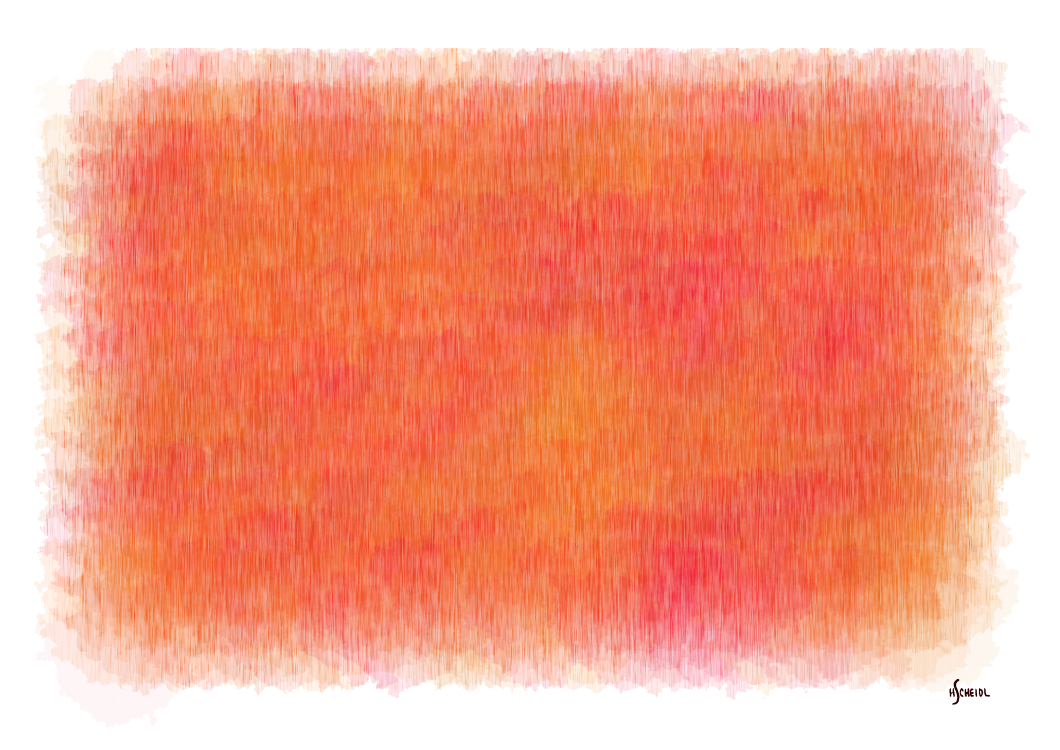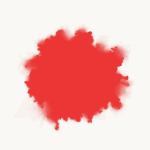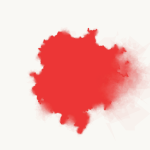At the rose garden

Water color effect
At the rose garden was an experiment with the ideas presented by artist Tyler Hobbs in his article A generative approach to simulating watercolor paints. The idea of the algorithm is to draw a polygon, for example a decahedron, and replace each side AB with two new segments, AC' and C'B, where C' is a point around the midpoint C between A an B. Taylor uses the Gaussian distribution to determine C' from C, meaning most points will be very close to C, and a few will be very distant from C, causing an organic feel to the distortion.
*How the algorithm works. Images (C) Tyler Hobbs
 |
 |
 |
 |
The deformBlob() method is one possible implementation of the algorithm above.
ArrayList<PVector> deformBlob(ArrayList<PVector> basePolygon, int iterations) {
ArrayList<PVector> blob = new ArrayList<PVector>();
blob.clear();
for (int j=0, si=basePolygon.size(); j<si; j++) {
blob.add(basePolygon.get(j));
}
for (int i = 1; i < iterations; i++) {
vertices = new ArrayList<PVector>();
for (int v =0, l = blob.size(); v<l; v++) {
PVector A = blob.get((v%l));
PVector B = blob.get((v+1)%l);
PVector C = PVector.lerp(A, B, 0.5); //medium point
// Get a gaussian random number w/ mean of 0 and standard deviation of m
// moves point B by adding to the Gaussian number
float m = A.dist(B);
C.x +=randomGaussian() * m * .25;
C.y +=randomGaussian() * m * .25;
vertices.add(A);
vertices.add(C);
//Note we don't add "B", since it would be added twice
//"B" is "A" in the next iteration of "i"
}
blob.clear();
for (int j=0, si=vertices.size(); j<si; j++) {
blob.add(vertices.get(j));
}
}
vertices.clear();
return blob;
}